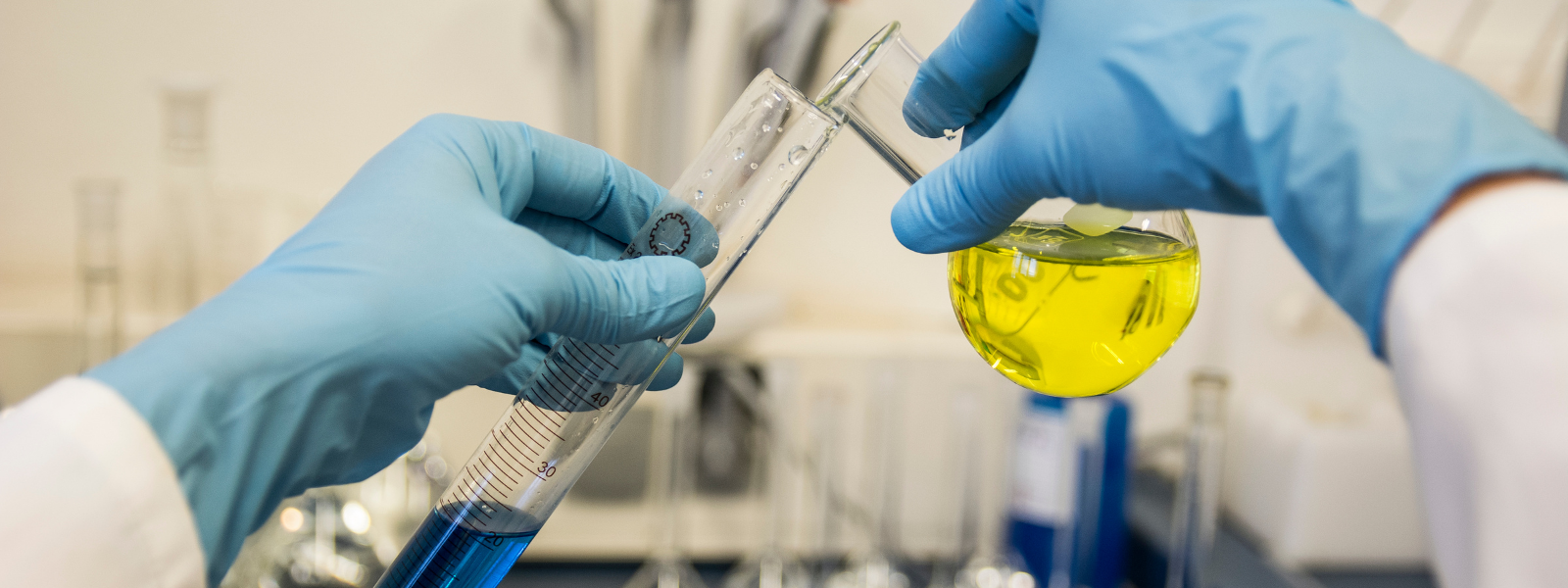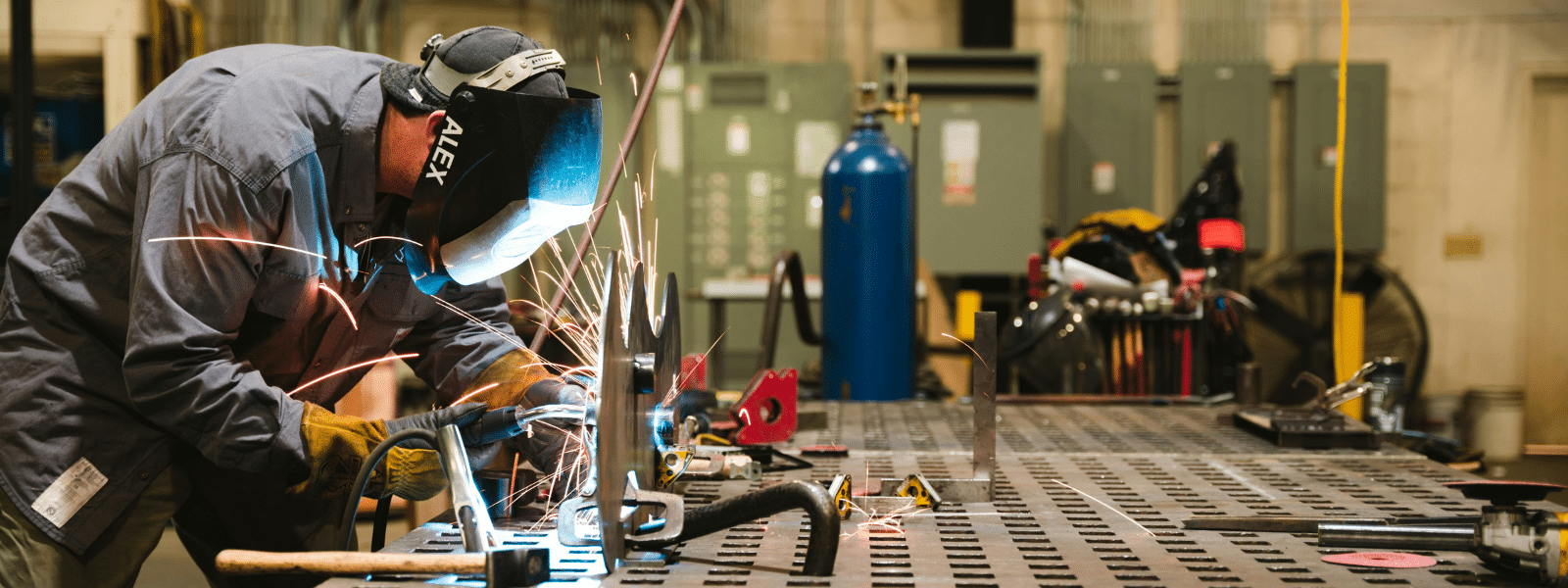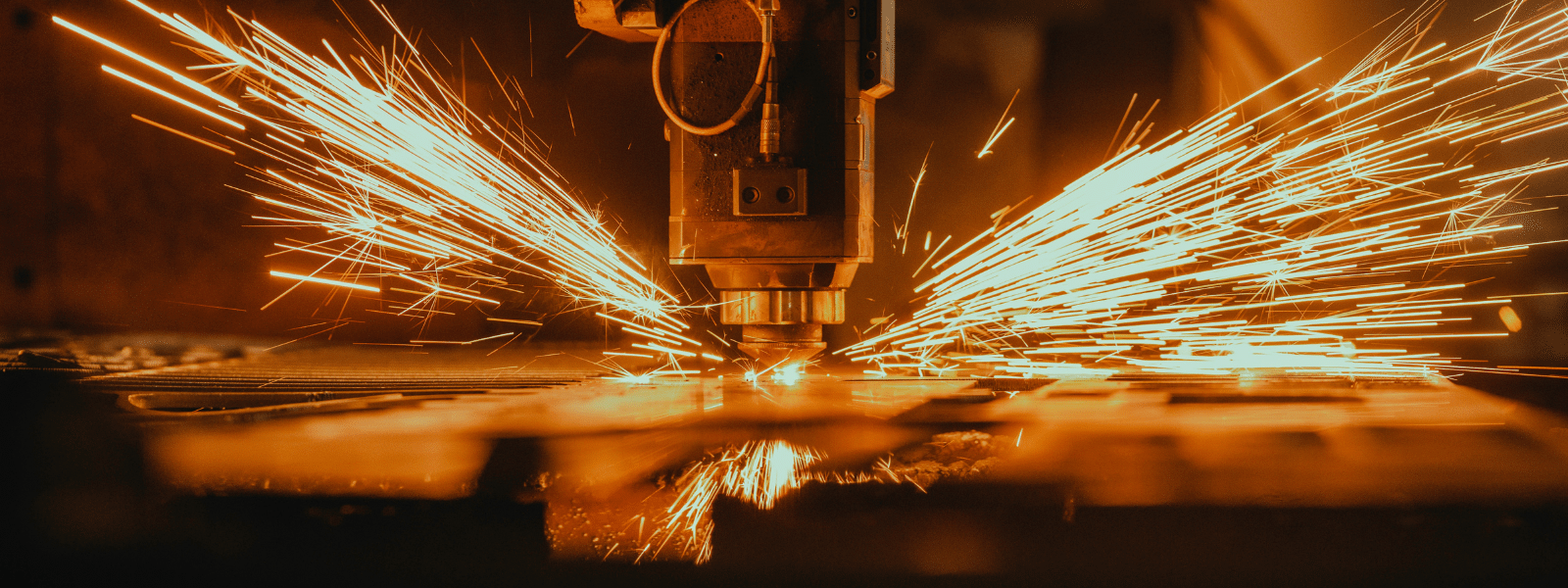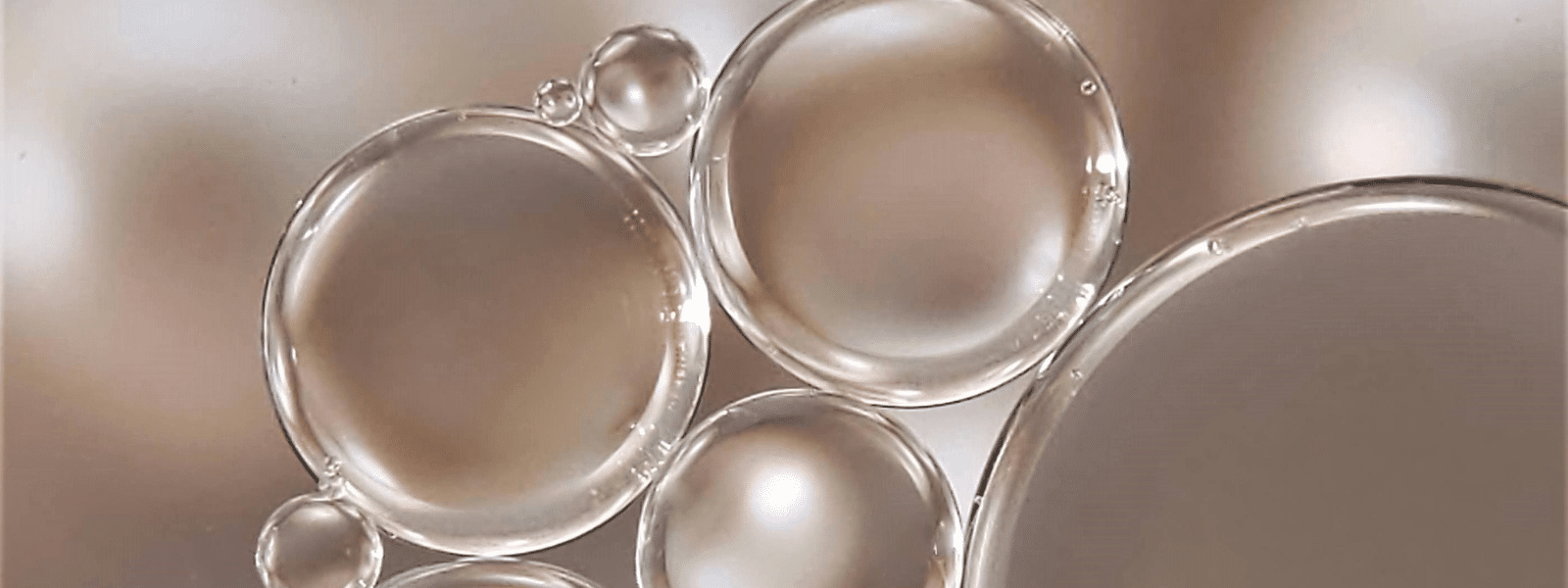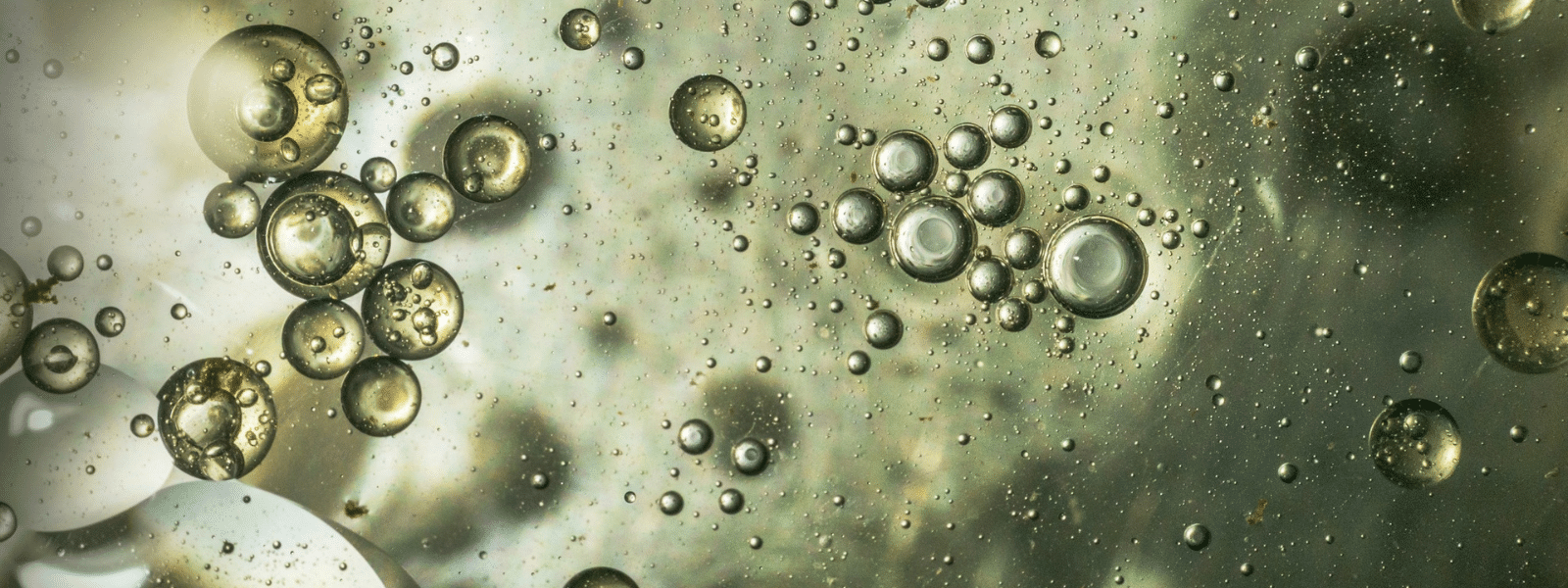Microorganisms exist all throughout the world, including in industrial settings. While some of these tiny organisms are harmless, others like bacteria and viruses can cause a variety of harm. Biocides, or antimicrobial agents, are chemicals that can control or destroy these mini organisms. There are two broad categories that these chemicals can fall under oxidizing and non-oxidizing. In this blog, we will explain what a non-oxidizing biocide is and what it can do for your industries.
What Is a Non-Oxidizing Biocide?
To understand what a non-oxidizing biocide is, we should start by defining an oxidizing biocide. This type of biocide uses oxidation to kill microorganisms. Oxidation, or a redox reaction, is the process of an electronegative atom ripping an electron from another atom. The violent and destructive reaction causes the outer layers of a cell to be destroyed, resulting in the death of the organism.
In contrast, a non-oxidizing antimicrobial agent is a chemical that uses other methods than oxidation to kill a microorganism. The most common methods utilized by a non-oxidizing chemical include:
- Interfering with an organism’s reproduction
- Terminating its breathing
- Fracturing their cell walls
Non-oxidizing antimicrobial agents are sometimes viewed as more effective, convenient, and sustainable than oxidizing antimicrobial agents depending on the system or application they are being used for. For some systems, such as cooling water systems, these biocides are often used in conjunction with oxidizing biocides to better manage buildup or biological problems.
Examples of Biocides That Do Not Use Oxidation
Many different types of non-oxidizing chemicals exist. Some examples of them are:
- Benzisothiazolinone
- Methylchloroisothiazolinone
- Tetrakis hydroxymethyl phosphonium sulfate (THPS)
- Glutaraldehyde
- Carbamates
- Bronopol
- Quaternary Ammonium Salts
While there are several options to pick from (way more than what is listed above), a biocide that does not use oxidation could be selected for a variety of reasons. The selection is based on factors such as:
- Biodegradability
- Toxicity
- Compatibility with other chemicals in the process or product
- Effectiveness against the microorganism you want to kill
Looking For More Information on Non-Oxidizing Biocides?
Then look no further than us here! We here at Ecolink are dedicated to supplying industries like yours with high-quality industrial chemicals and the knowledge on how to use them. Contact us today if you would like to purchase or inquire about our products. Our team of chemical experts can assist you in finding the right chemical for your needs!





